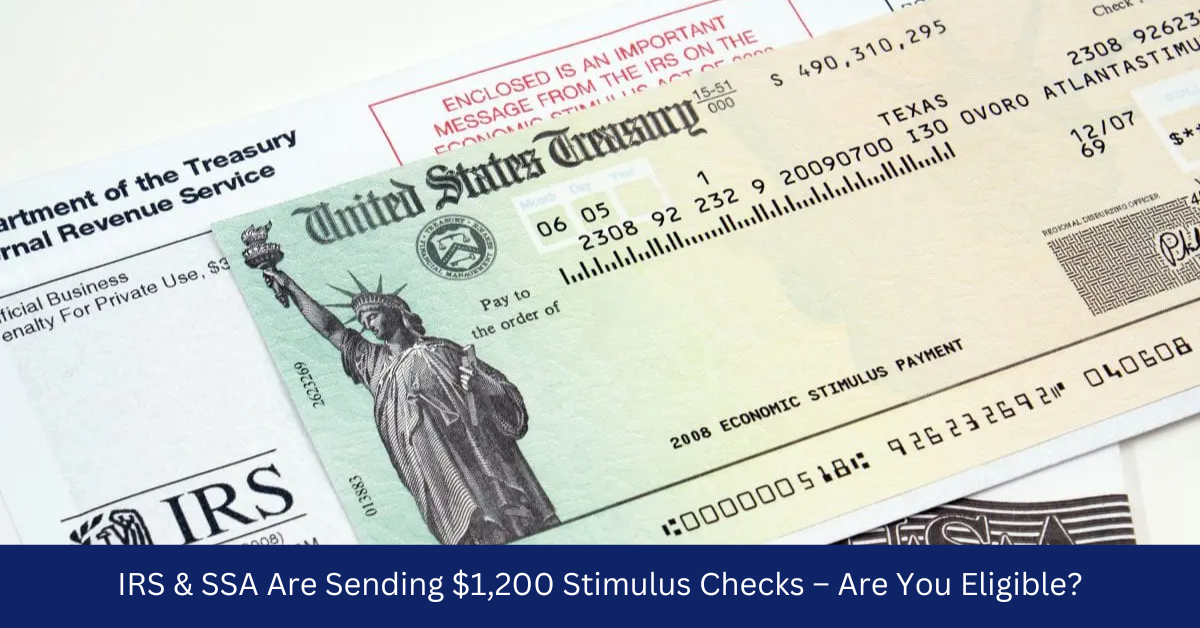In recent weeks, individuals across the United States have reported receiving text messages claiming to offer a $1,200 stimulus payment from the Internal Revenue Service (IRS). These messages often instruct recipients to provide personal information or click on a link to accept the payment. However, the IRS has confirmed that these texts are fraudulent and are part of a scam designed to steal personal and financial information.
Understanding the Scam
The fraudulent text messages typically state: “You have received a direct deposit of $1,200 from COVID-19 TREAS FUND. Further action is required to accept this payment into your account. Continue here to accept this payment…”
The message includes a link that directs recipients to a fake website mimicking the official IRS “Get My Payment” page. This site prompts individuals to enter sensitive information, such as Social Security numbers and bank account details, which scammers can then exploit for identity theft or financial fraud.
Official IRS Communication Methods
It’s crucial to recognize that the IRS does not initiate contact with taxpayers through text messages, emails, or social media channels to request personal or financial information. The IRS primarily communicates via official letters sent through the United States Postal Service. Any unsolicited communication claiming to be from the IRS and requesting sensitive information should be treated with suspicion.
Protecting Yourself from Scams
To safeguard against such scams, consider the following precautions:
- Do Not Click on Suspicious Links: Avoid clicking on links or downloading attachments from unsolicited messages claiming to be from the IRS or other government agencies.
- Verify the Source: If you receive unexpected communication regarding a stimulus payment or tax matter, verify its authenticity by visiting the official IRS website or contacting the IRS directly.
- Report Suspicious Communications: Forward any suspicious emails or text messages to the IRS at [email protected]. Include details such as the date, time, and phone number that received the message.
- Monitor Financial Accounts: Regularly review bank and credit card statements for unauthorized transactions. If you suspect your information has been compromised, consider placing fraud alerts or credit freezes.
Staying Informed About Legitimate Payments
For accurate and up-to-date information regarding legitimate Economic Impact Payments (stimulus checks), taxpayers should refer to the official IRS website. The IRS provides detailed guidance on eligibility criteria, payment amounts, and distribution methods. Taxpayers can also use the “Get My Payment” tool on the IRS website to check the status of their payments.
Conclusion
As scammers continue to exploit public uncertainty during challenging times, it’s essential to remain vigilant and informed. By understanding the official methods of IRS communication and following recommended protective measures, individuals can reduce the risk of falling victim to fraudulent schemes. Always verify the authenticity of communications claiming to be from the IRS and rely on official sources for information regarding tax matters and stimulus payments.
Disclaimer: This article has been meticulously fact-checked by our team to ensure accuracy and uphold transparency. We strive to deliver trustworthy and dependable content to our readers.








